Welcome to the professional spine clinic

Trigger points are a common source of pain and discomfort for many individuals, particularly those involved in physical activities or experiencing chronic pain conditions. These small, hyper-irritable spots in muscle tissue can cause significant pain, often spreading pain to other parts of the body. While many factors can contribute to the development of trigger points, underlying nerve compression is a critical yet sometimes overlooked cause. Understanding the connection between nerve compression and trigger points can provide valuable understanding for effective treatment and prevention.

They are localized areas of muscle spasm and inflammation, characterized by palpable knots that are sensitive to touch. When pressure is applied to these points, pain can be referred to other areas of the body, leading to a phenomenon known as referred pain. This referral pattern is a hallmark of trigger points and can make diagnosis challenging. Globally, approximately 85% of the general population will experience trigger points at some point in their lives. Among patients with chronic pain, the prevalence can be as high as 93%.
Nerve compression occurs when nerves are subjected to excessive pressure from surrounding tissues such as muscles, bones, or tendons. This compression can lead to a variety of symptoms, including pain, tingling, numbness, and muscle weakness. In India, it is estimated that around 20-30% of adults suffer from chronic musculoskeletal pain, which often includes trigger points. When a nerve is compressed, the muscles animate by that nerve may not function properly, leading to the development of trigger points.
Nerve compression restricts the blood flow to the affected area, reducing the supply of oxygen and nutrients to the muscles that are needed to function properly. This can lead to muscle fatigue, inflammation, and the development of trigger points. Additionally, nerve compression can cause muscle imbalances, as the affected muscles may weaken while compensatory muscles become overused. This overuse can strain the muscles, leading to microtears and trigger point formation. Compressed nerves may also send altered signals to the muscles they animate, resulting in involuntary muscle contractions or spasms, contributing to the formation of trigger points.
Effective management of trigger points requires addressing the underlying cause—nerve compression. Here are some strategies:

Prevention is crucial for long-term management . Here are some preventive measures:
These points points resulting from underlying nerve compression can significantly impact an individual’s quality of life. By understanding the connection between nerve compression and trigger points, healthcare professionals and patients can work together to develop effective treatment and prevention strategies. Through accurate diagnosis, targeted therapies, and preventive measures, it is possible to manage and alleviate the discomfort associated with trigger points, leading to a healthier and more active life. Chronic pain, including pain from trigger points, significantly impacts India’s economy. According to a study published in the Indian Journal of Pain, the cost of chronic pain management, including direct medical expenses and indirect costs such as lost productivity, can be substantial. Although exact figures are not readily available, the economic burden mirrors global trends, where pain-related conditions cost billions of dollars annually.
For more information and to schedule a consultation, visit Painflame Clinic.
Recent Blog : Understanding Chest Pain: It’s Not Always a Heart Attack
Nerve compression restricts blood flow and alters nerve signaling, leading to muscle fatigue, imbalances, and the development of trigger points.
Chiropractic treatment involves spinal adjustments and manipulations to improve spinal alignment, reduce nerve compression, and alleviate muscle tension, which can help manage trigger points.
Chiropractic treatment is generally safe, but it is essential to consult with a healthcare professional to determine if it is suitable based on individual health conditions and needs.
Physiotherapy includes techniques such as stretching, strengthening exercises, and manual therapy to relieve nerve compression, improve muscle balance, and reduce trigger points.


Call us at
9870379001